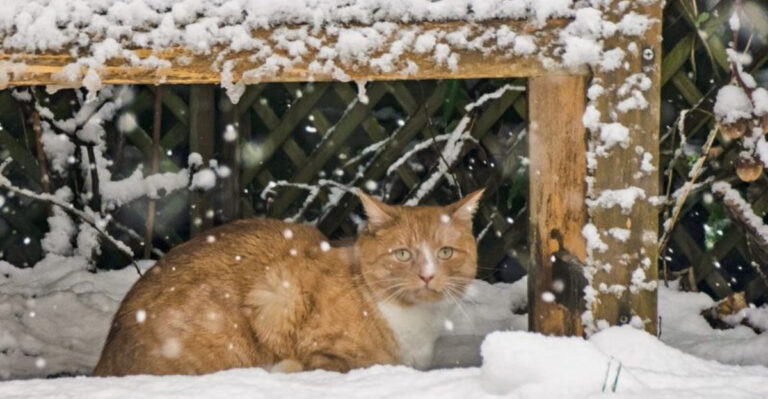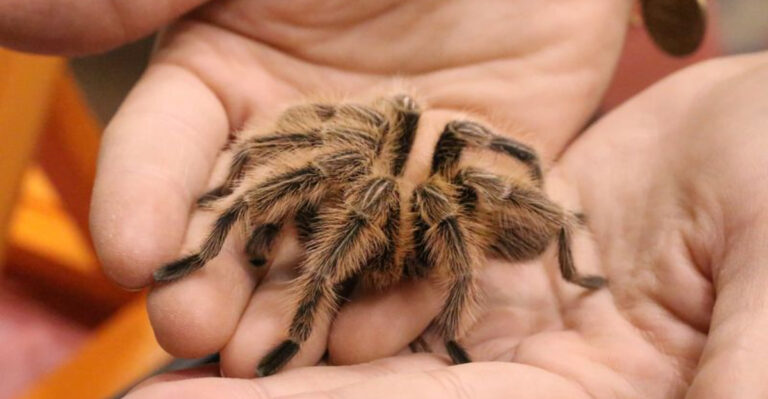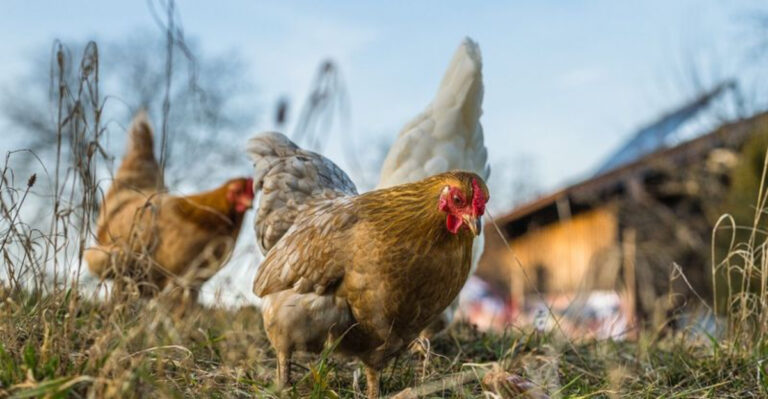Dinosaurs Weren’t Alone: Surprising Discovery Shows Birds Nesting In The Arctic During Dinosaur Age
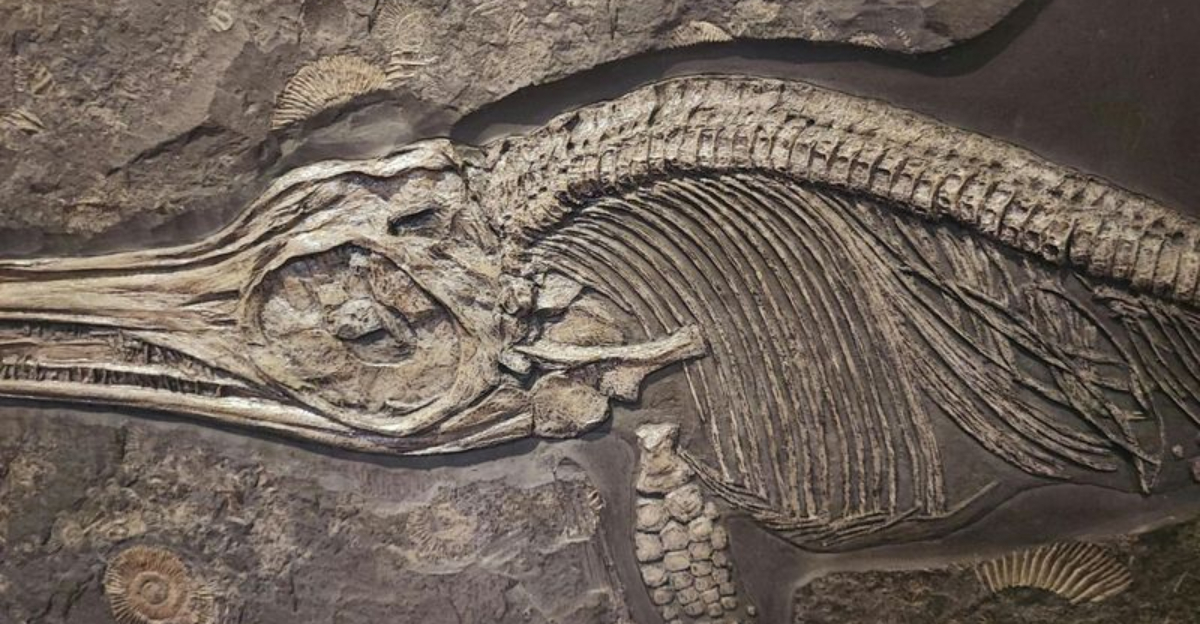
Scientists have made an incredible discovery that changes what we know about prehistoric life in the Arctic. Fossil evidence shows that birds were actually nesting and raising their young in the far north during the age of dinosaurs.
This finding reveals that the ancient Arctic was a much more diverse ecosystem than we ever imagined, with flying creatures adapting to the harsh polar environment millions of years ago.
1. First Evidence Of Polar Nesting
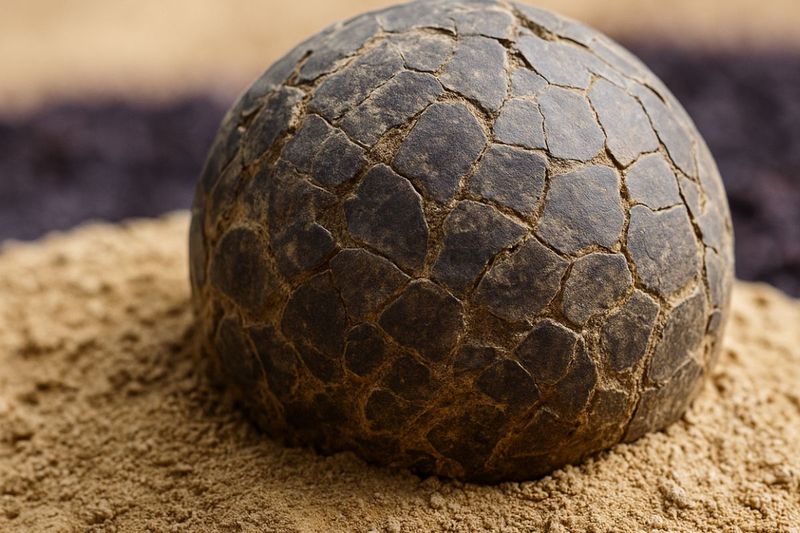
Paleontologists uncovered fossilized eggshells and nest structures in Arctic rock layers dating back 70 million years. These aren’t just random fragments – they show clear signs of intentional nest building by ancient birds.
The nests were found in formations that were well within the Arctic Circle even during dinosaur times, proving these weren’t just seasonal visitors but actual residents raising families in the far north.
2. Surprising Biodiversity Revealed

The Arctic during the Cretaceous period wasn’t the frozen wasteland we might imagine. Despite months of darkness each winter, the polar region supported a remarkable variety of bird species alongside dinosaurs.
Fossil records indicate at least seven distinct bird species made the ancient Arctic their breeding ground. This biodiversity challenges our understanding of prehistoric polar ecosystems and the adaptability of early birds.
3. Warm Arctic Paradox
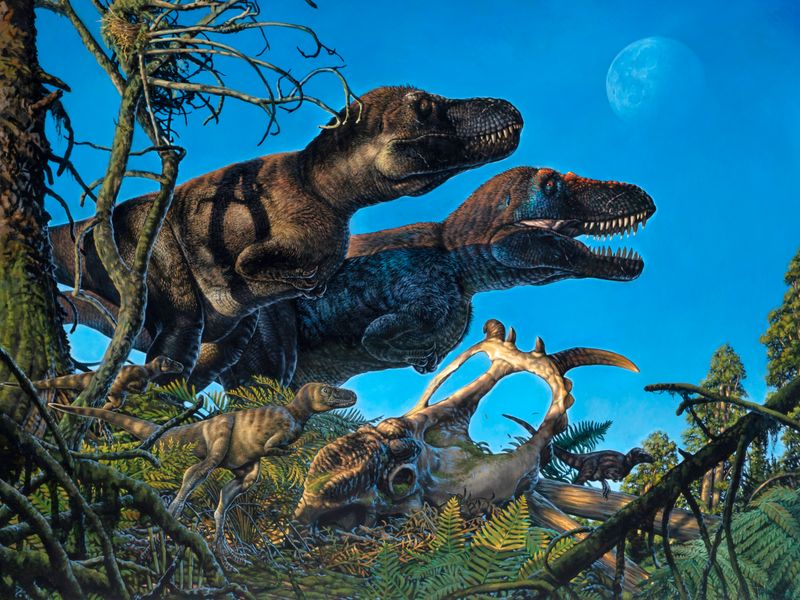
Though positioned at the same latitude as today’s frozen north, the Arctic during the dinosaur age experienced much warmer temperatures. Average yearly temperatures hovered around 40°F (4°C) – chilly but far from the icy conditions we associate with polar regions today.
This relative warmth created habitable conditions for a variety of wildlife, including the newly discovered nesting birds that apparently thrived despite the seasonal extremes.
4. Seasonal Migration Mysteries

Researchers debate whether these Arctic birds were year-round residents or seasonal migrants. Some fossil evidence suggests certain species might have stayed through the dark winter months, developing special adaptations to survive.
Others likely followed migration patterns similar to modern birds, breeding in the resource-rich Arctic summer before heading south as daylight diminished. The preservation of both adult and juvenile remains offers clues to their annual life cycles.
5. Midnight Sun Advantage
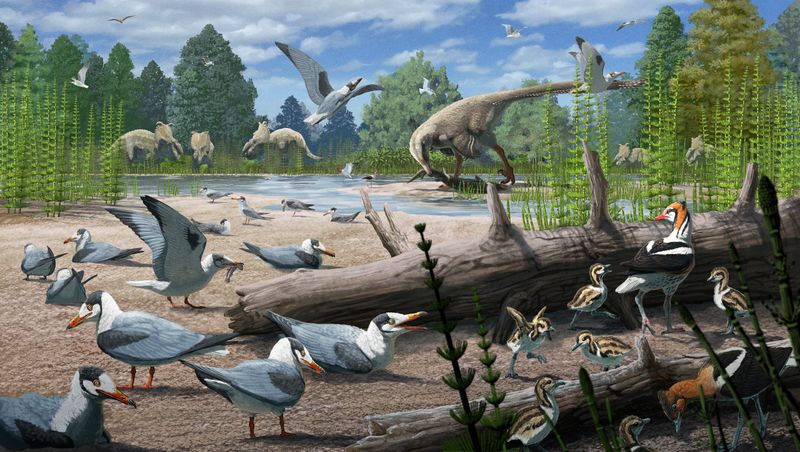
The Arctic’s famous midnight sun provided these ancient birds with a unique breeding advantage. Continuous daylight during summer months meant nonstop feeding opportunities for parent birds raising hungry chicks.
This 24-hour buffet allowed nestlings to grow rapidly, potentially reaching maturity faster than their southern counterparts. Similar patterns are observed in modern Arctic birds, suggesting this adaptation has ancient roots.
6. Feathered Polar Adaptations
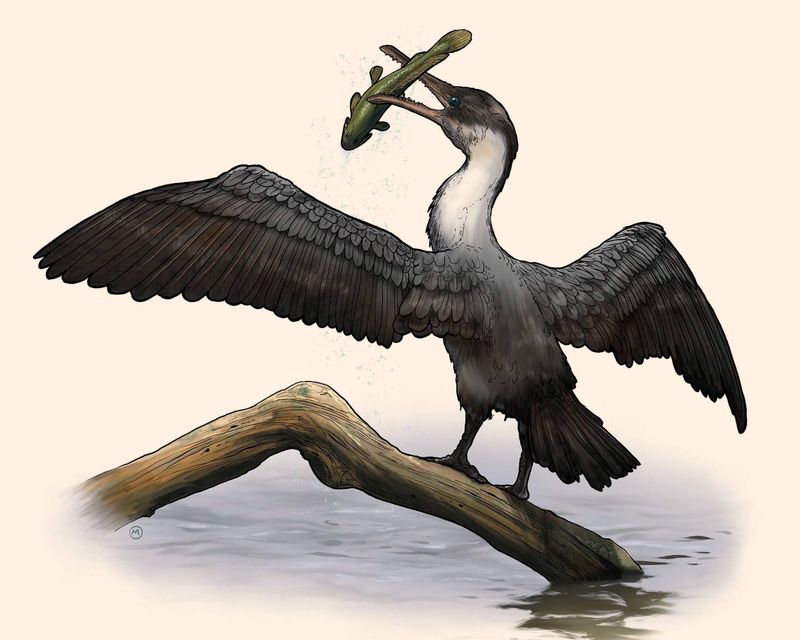
Ancient Arctic birds developed specialized feathers to handle the region’s unique challenges. Microscopic analysis of preserved feather impressions reveals insulation properties similar to modern polar birds.
These adaptations likely included denser down feathers and specialized oil glands for weatherproofing. Some species may have evolved larger body sizes following Bergmann’s rule, which states animals in colder regions tend to be larger to conserve heat more efficiently.
7. Predator-Prey Relationships
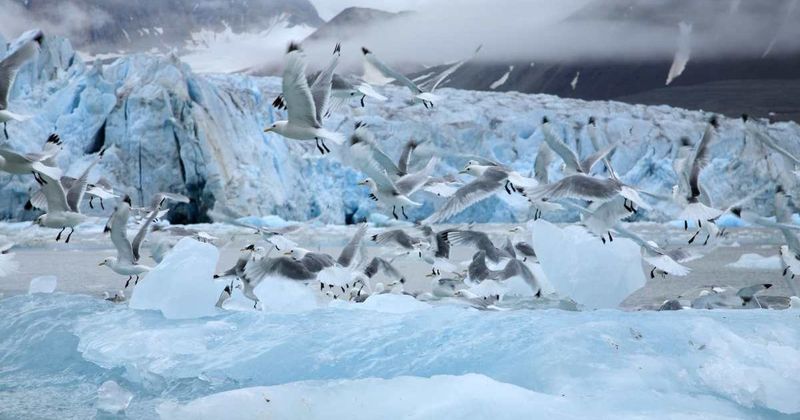
Arctic nesting birds faced threats from dinosaur predators specifically adapted to northern environments. Fossil evidence shows tooth marks on some bird bones, indicating predation by small carnivorous dinosaurs.
Nesting sites appear strategically positioned on cliffs or islands, suggesting birds evolved defensive nesting strategies. This complex predator-prey relationship shaped the evolution of both birds and dinosaurs in this unique ecosystem.
8. Dietary Detective Work
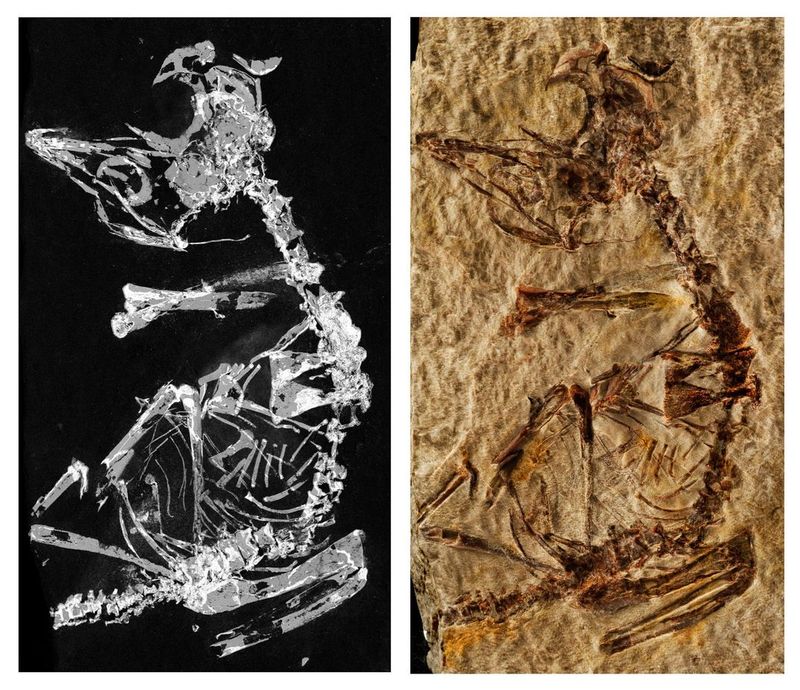
Chemical analysis of fossilized bird bones reveals fascinating details about their diets. Isotope signatures indicate many species consumed fish and marine invertebrates from the ancient Arctic Ocean.
Others show evidence of plant-based diets, suggesting diverse feeding strategies. Microscopic wear patterns on preserved beaks offer additional clues, showing specializations for different food sources much like modern birds.
9. Nesting Material Innovations
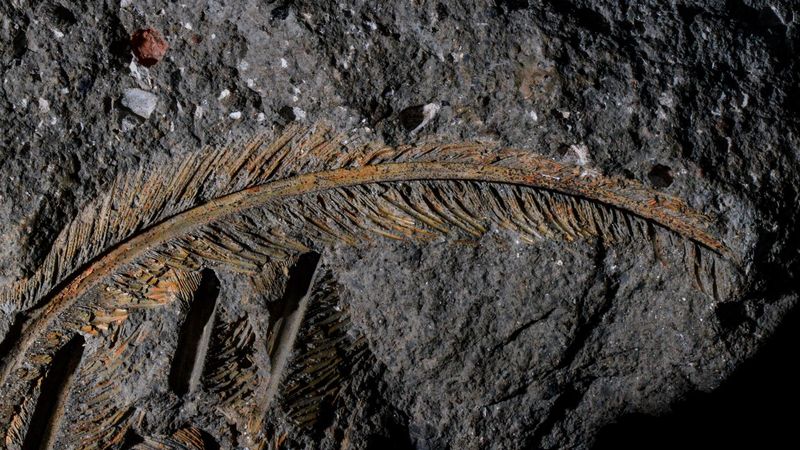
The ancient Arctic birds displayed remarkable ingenuity in nest construction. Fossilized nests contain preserved plant matter, feathers, and even evidence of mud reinforcement to create sturdy homes in challenging conditions.
Some nests show signs of insulating layers specifically designed to retain heat. Others appear to have been built in colonial arrangements, possibly providing collective protection against predators and harsh weather.
10. Climate Change Survivors
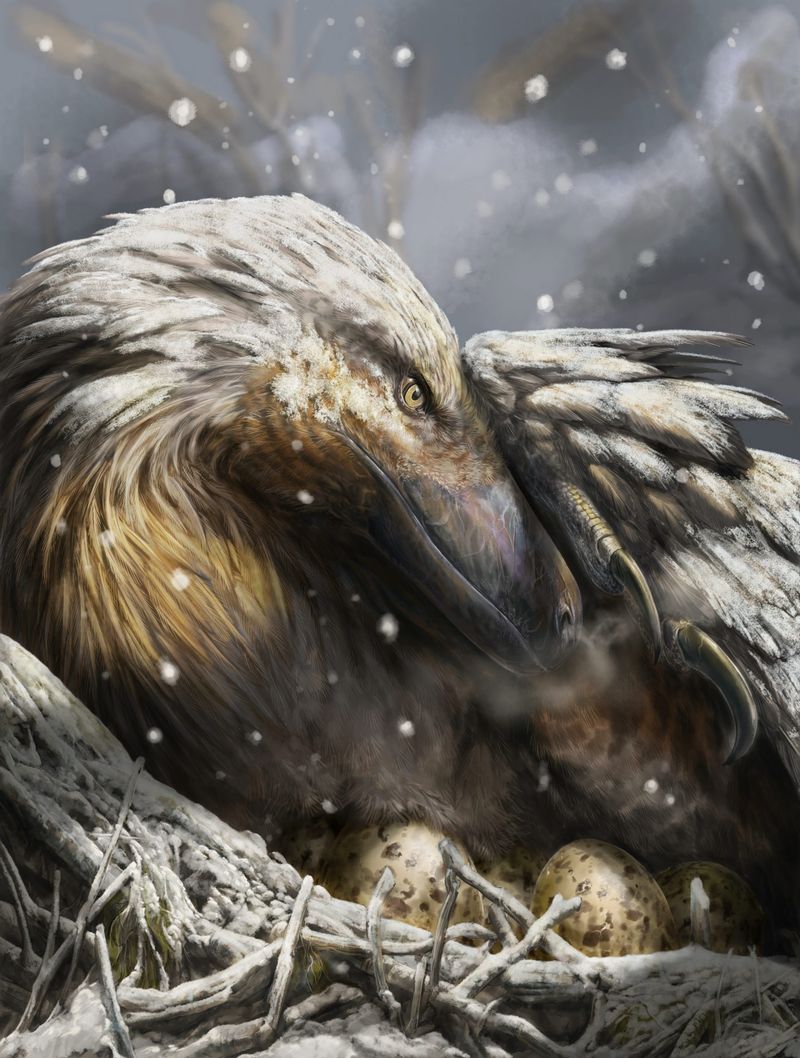
These prehistoric Arctic birds weathered significant climate fluctuations during their time. Geological evidence shows they survived through periods of warming and cooling, demonstrating remarkable adaptability.
This resilience offers valuable insights for understanding how modern birds might respond to current climate change. Some species eventually evolved into ancestors of today’s birds, while others represent evolutionary branches that ultimately disappeared.
11. Global Distribution Patterns
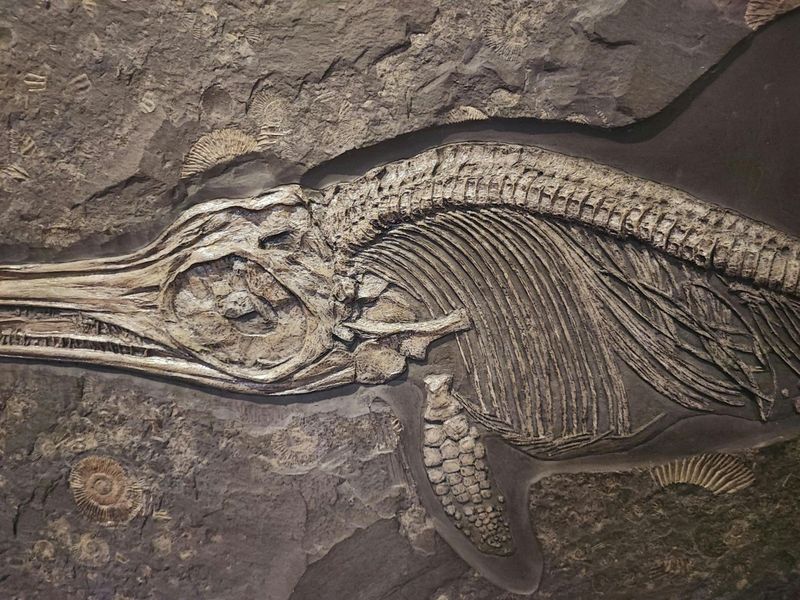
The discovery of Arctic nesting birds has forced scientists to redraw ancient migration maps. Similar bird fossils found in southern latitudes suggest potential global movement patterns connecting different regions.
Genetic analysis of these fossils reveals relationships between Arctic nesters and birds from other continents. This suggests early birds may have established worldwide distribution patterns surprisingly similar to modern species.
12. Modern Research Connections
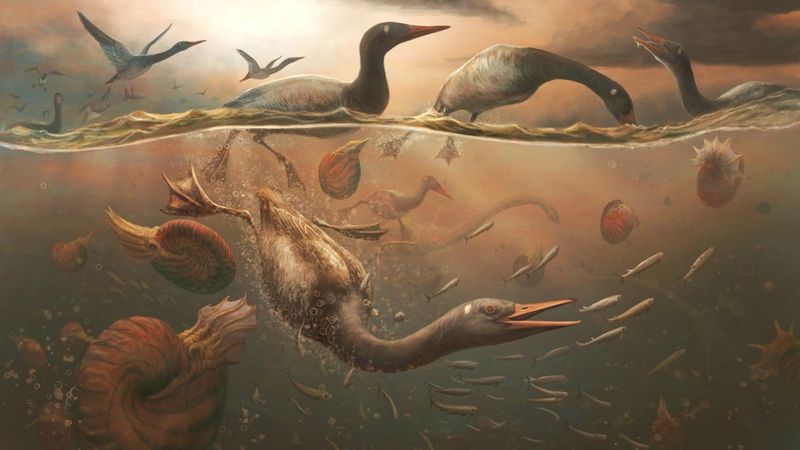
The techniques used to study these ancient Arctic birds mirror methods used with modern species. Researchers compare nesting behaviors of today’s Arctic birds to understand their prehistoric counterparts.
This connection between past and present provides a unique perspective on bird evolution. By studying how birds adapted to the prehistoric Arctic, scientists gain insights into the remarkable evolutionary journey that produced today’s incredible diversity of bird species worldwide.



